Poetry

Molly Seale
“The Tide Comes In,” “Sorrow,” and “Tough”
We saunter along the shore,
boys trailing behind.
Tender dusk, the wind
a sigh as we skip stones,
stride briskly between
the bulky boulders, climb and leap.
boys trailing behind.
Tender dusk, the wind
a sigh as we skip stones,
stride briskly between
the bulky boulders, climb and leap.
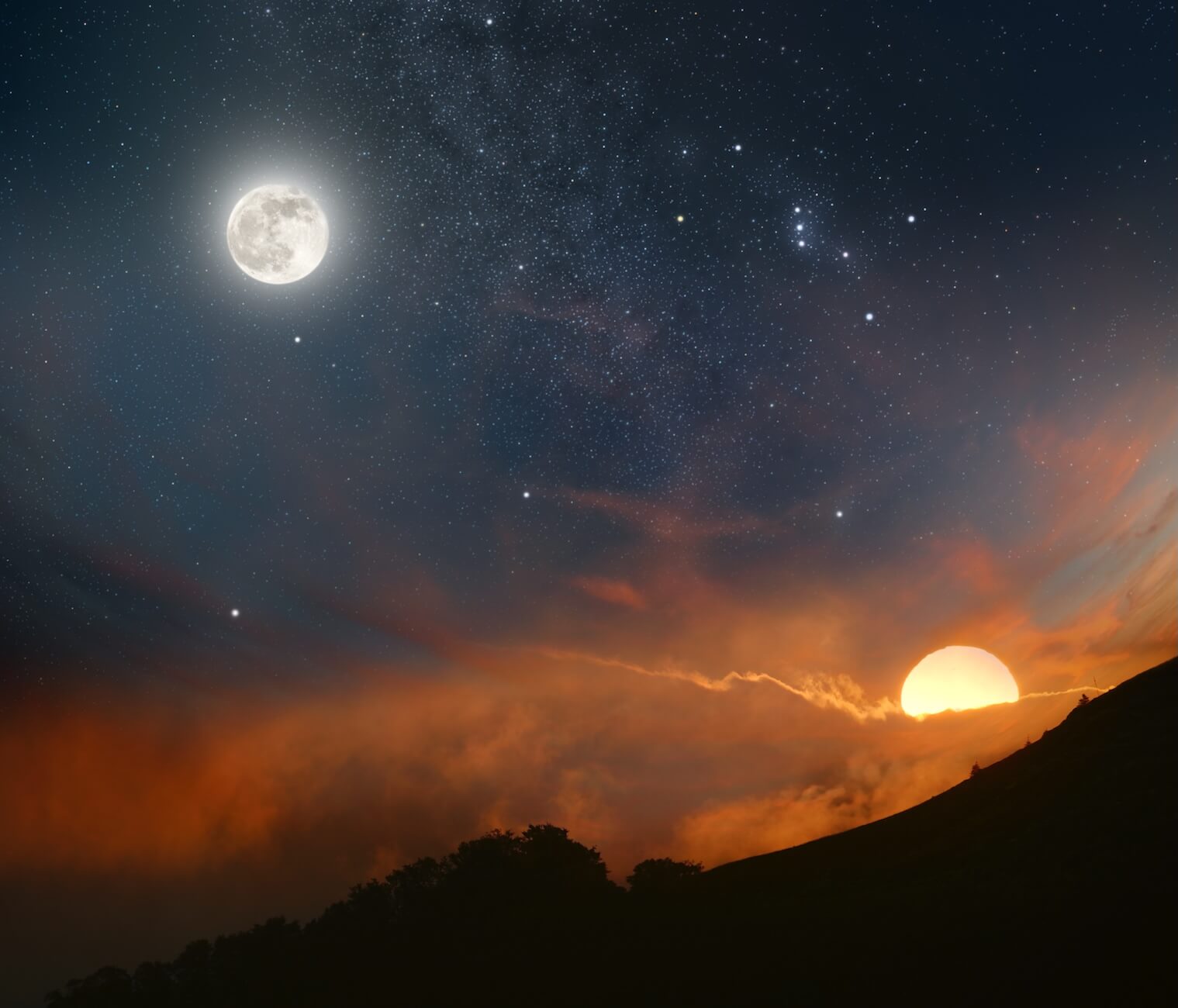
Greg Nelson
“Dear Reader,” “My Sorrow Sang To Me,” and “When Nothing Happens”
By way of the stars,
on the tightrope between the worlds,
the grace of the human form, risen from the sea
into the seer in the seen, kin to all life
across the pale blue dot, to live
in accord with our vision…
on the tightrope between the worlds,
the grace of the human form, risen from the sea
into the seer in the seen, kin to all life
across the pale blue dot, to live
in accord with our vision…
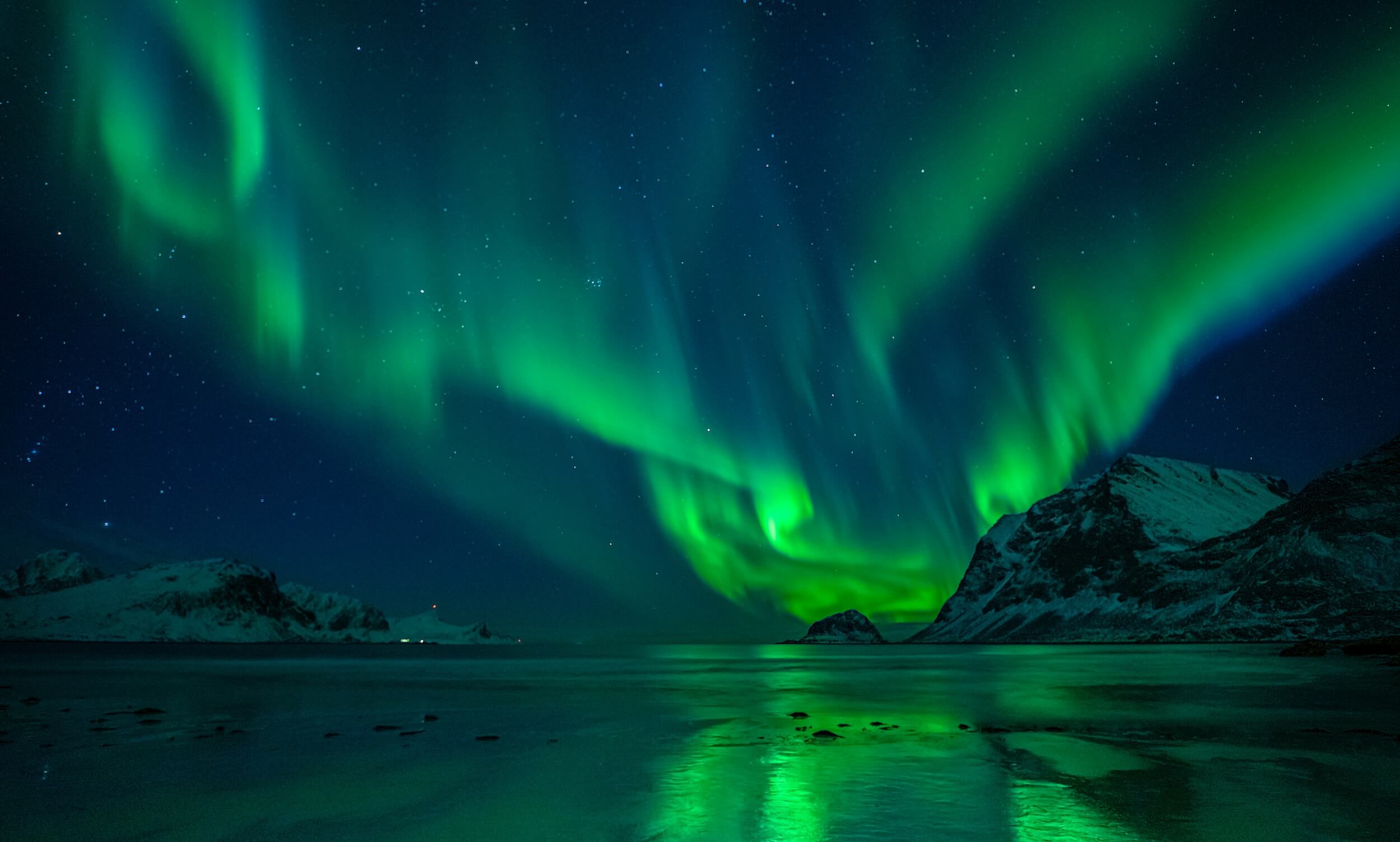
Stephanie Vannello
“Chartreuse”, “Nature Boy,” and “Dandelion Heads”
I can’t wipe chartreuse
from my brain, ever since
you used it in a game of Uno
twenty years or so ago
and it’s such a bold shade
from my brain, ever since
you used it in a game of Uno
twenty years or so ago
and it’s such a bold shade
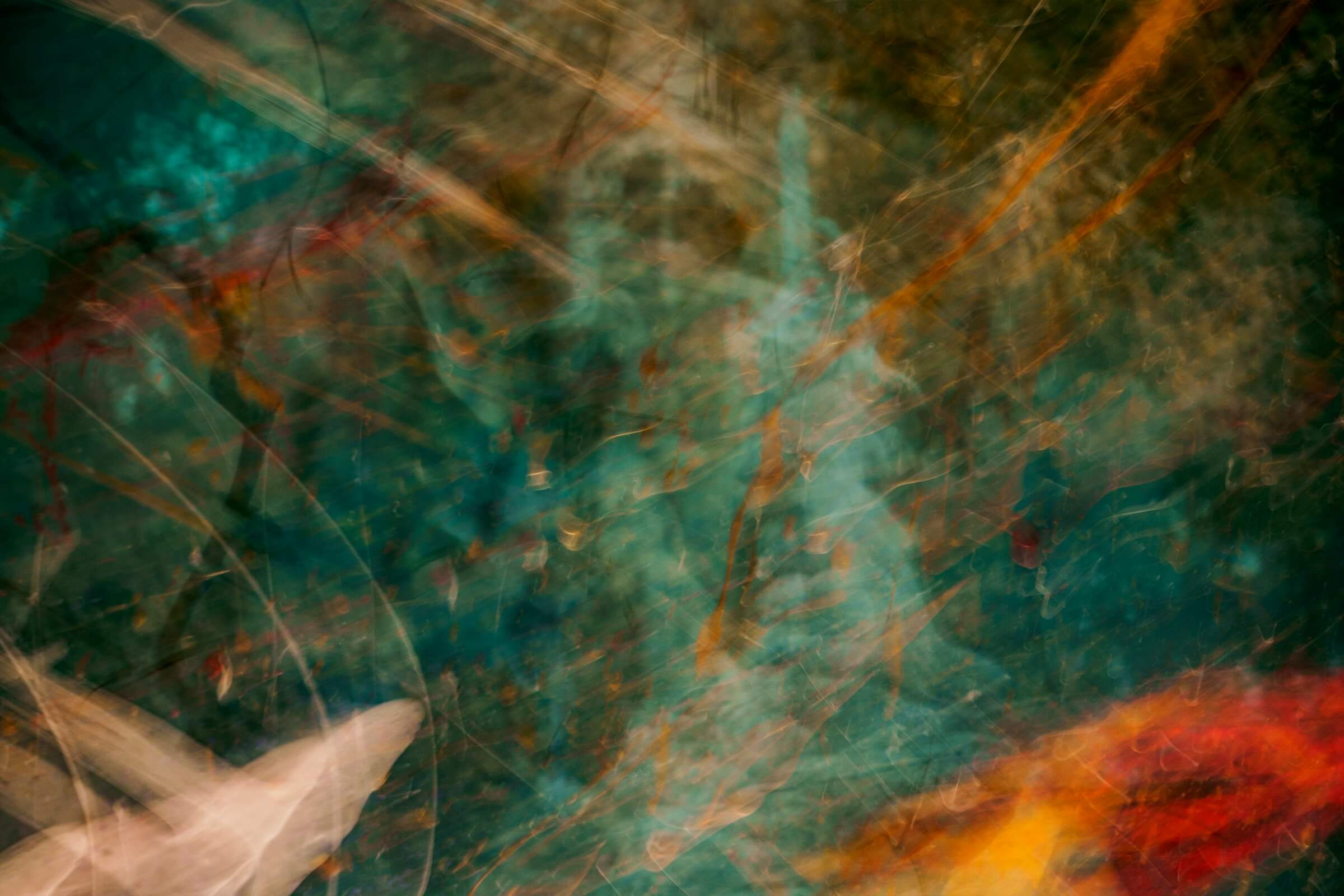
Marie Chen
“Reclaim the Abandoned Room,” “Going On,” and “The Poem”
Dark mummified roses standing in the vase,
gray spider webs hanging over every corner.
A broom wipes out the traces of ignorance,
reclaiming the territory once more.
gray spider webs hanging over every corner.
A broom wipes out the traces of ignorance,
reclaiming the territory once more.

Joanne Jagoda
“One More Time,” “Hurly Burly California-Fall, 2020,” and “Coming to Terms”
Hold me in your arms just one more time.
Let me feel you surround me.
Let me feel your embrace.
Your solidness, your security, ever my touchstone.
Let me feel you surround me.
Let me feel your embrace.
Your solidness, your security, ever my touchstone.

Lumina Miller
“Heady,” “Pretty,” and “Gun Show”
Rumbling rain makes stable
rhythms that soothe
rinse clean thoughts that pry—scratch
between
the hemispheres at duel.
rhythms that soothe
rinse clean thoughts that pry—scratch
between
the hemispheres at duel.

rinin conner
“author’s note,” “growing through,” and “The End (of the Spool)”
life is not a test you pass or fail.
there is no A+ to earn
no standard to surpass
no reward for finishing first.
life is a book.
there is no A+ to earn
no standard to surpass
no reward for finishing first.
life is a book.
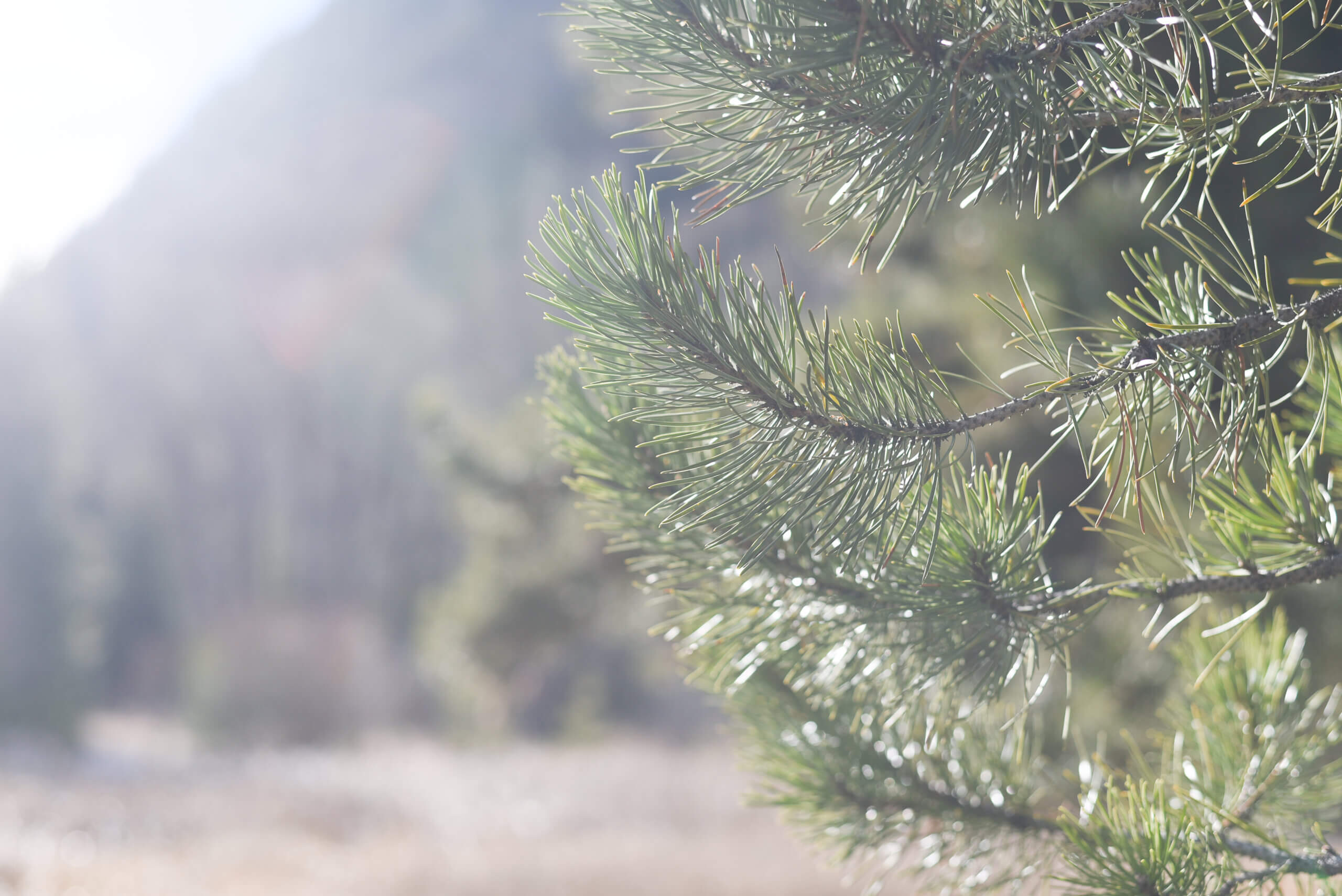
Kristen Allen
“Twelve Moons” and “PBR”
January is alight in possibilities.
It’s feeling the cold air as you breathe it in, seeing it exhale out.
It’s the smoke the fire sends up the chimney to greet you from the outside.
It’s your back tingling as you warm near its flames.
It’s feeling the cold air as you breathe it in, seeing it exhale out.
It’s the smoke the fire sends up the chimney to greet you from the outside.
It’s your back tingling as you warm near its flames.

Christine Bevilacqua
“Sometimes” and “Stuck”
Sometime things
don’t go as we planned
No forever marriages
loving children at hand
Sometimes we watch
the news with dread
don’t go as we planned
No forever marriages
loving children at hand
Sometimes we watch
the news with dread
Short Story

Kiyoshi Hirawa
Bank the 8
The town of Curly had a single billboard, a faded, wind-wavering sign welcoming motorists to the Sandhills town of two hundred and forty-seven residents. There had been a complementary billboard on the opposite edge of town, but a twister had churned through decades ago, obliterating the sign.
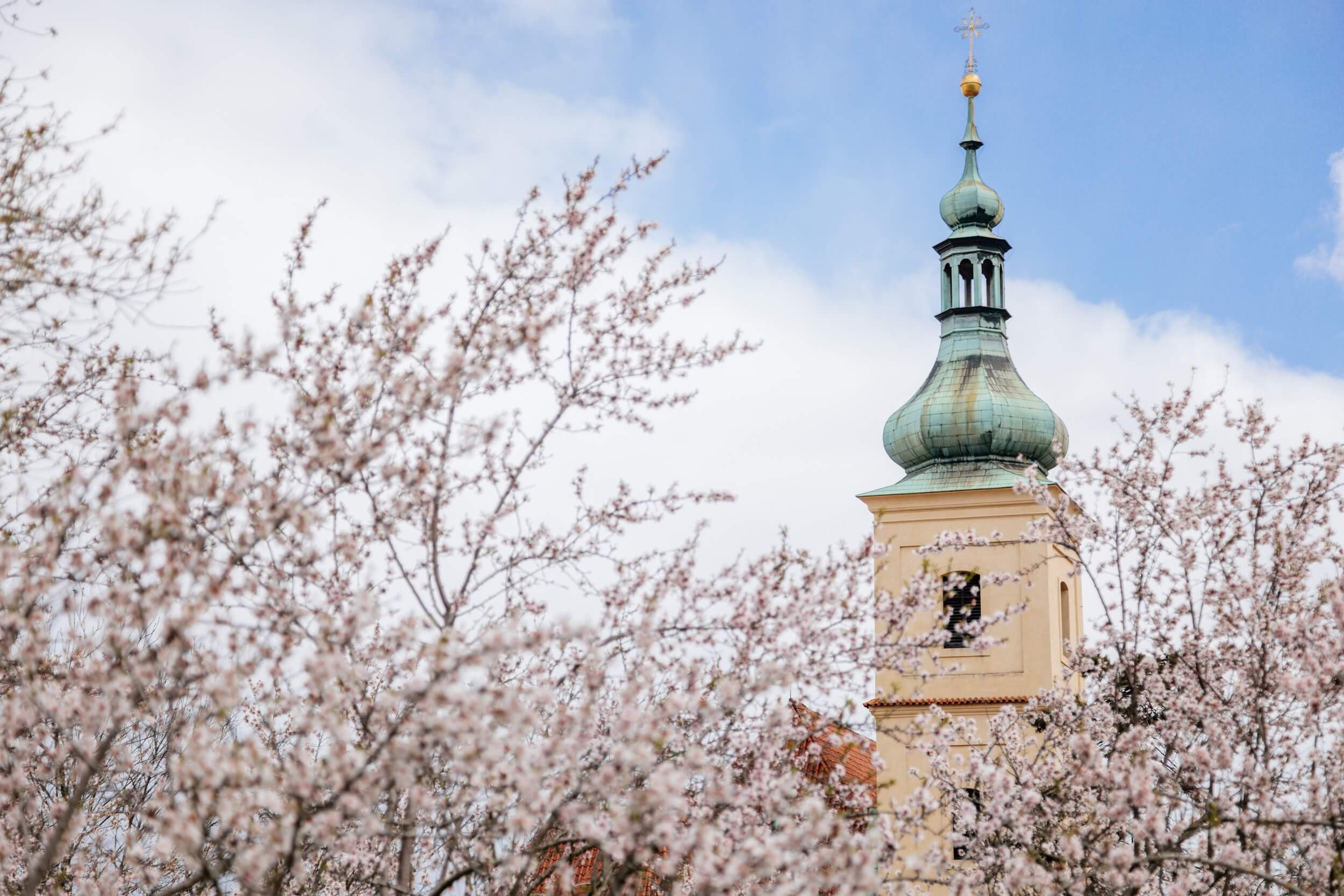
Sandro F. Piedrahita
The Miraculous Infant of Prague
The worst thing about my condition was the insomnia, the inability to get a good night’s sleep. I would go to bed early in the evening, exhausted by the torments of the day, and would promptly fall asleep, but by three o’clock in the morning I was fully awake again.

Madeleine Belden
The Wake
I refused to greet silver-haired mourners or point teary-eyed people toward the casket or absorb touching stories about Mona. Instead, I stayed glued to a metal folding chair at the front of the room, twirling my hair, staring at my mother’s waxy, shriveled body.
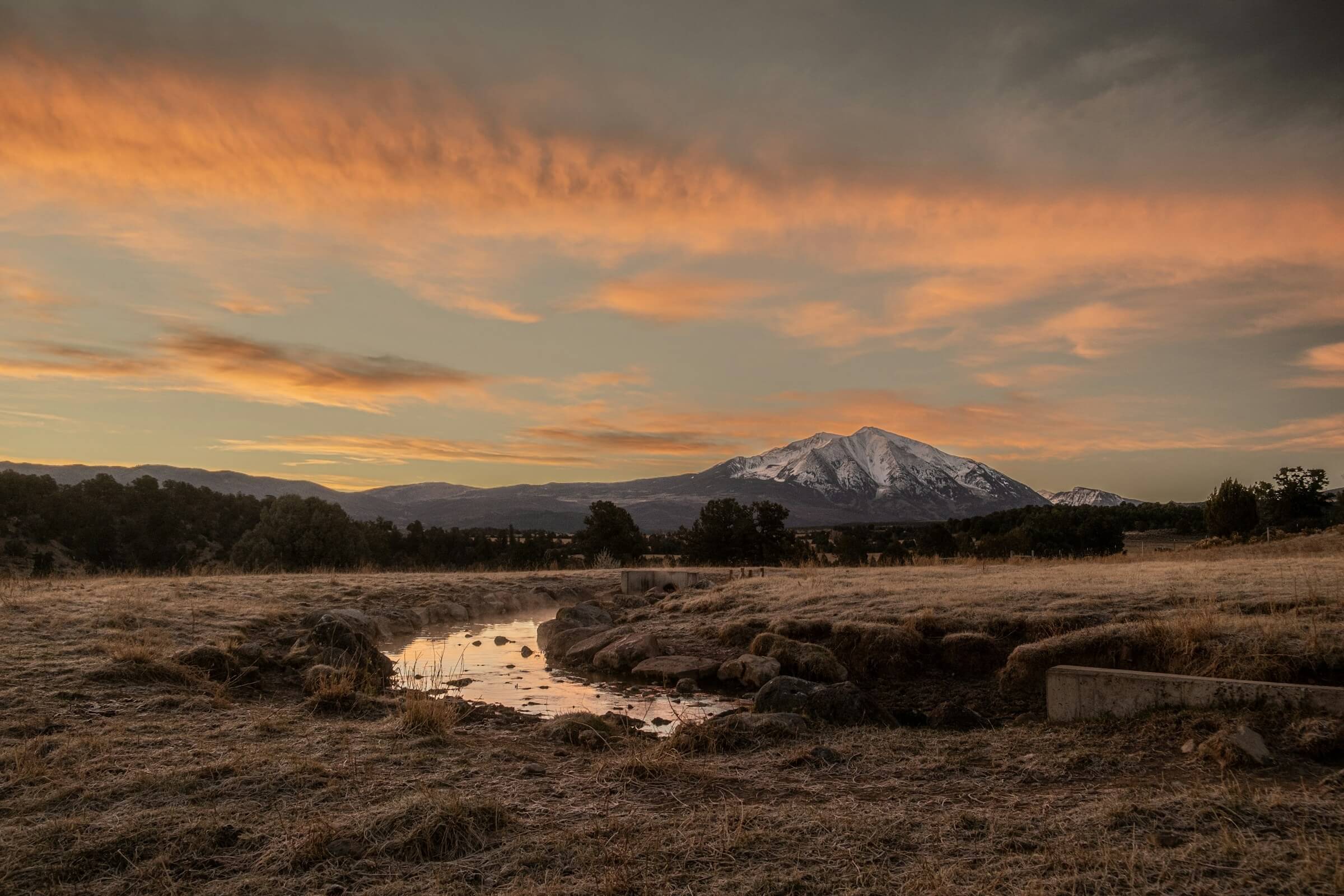
Richard Bertram Peterson
A Girl of the High Country
Delwyn nodded to the woman as he walked from his allocated parking space. She was leaning against a directional sign, her legs crossed at the ankles in a pose of inappropriate insouciance, a cigarette paused between her fingers, her face wreathed in a fine gray ash. He thought it unseemly for women to smoke and certainly not a good look for the hospital.
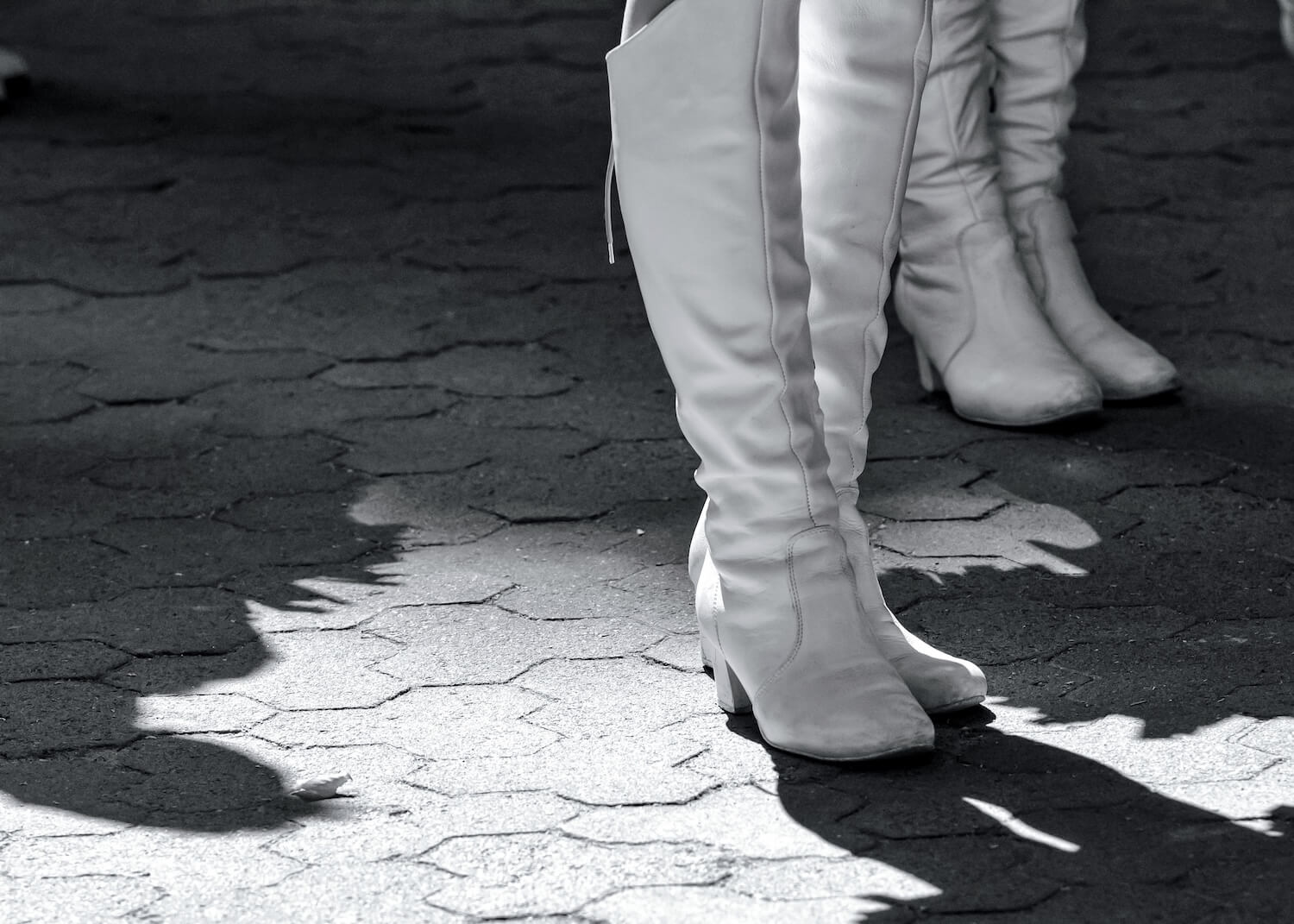
Ken Leland
Beyond All Reason
Robbie Crossman was five when his mother, Sally May, told him Bible stories, but her stories were different than those he heard in Sunday School. Instead of Jesus, Mary and Joseph, her stories were about Robbie himself and his parents. Even at a young age, he knew the place they lived wasn’t Judea; it was Indiana, and Indiana was in America.
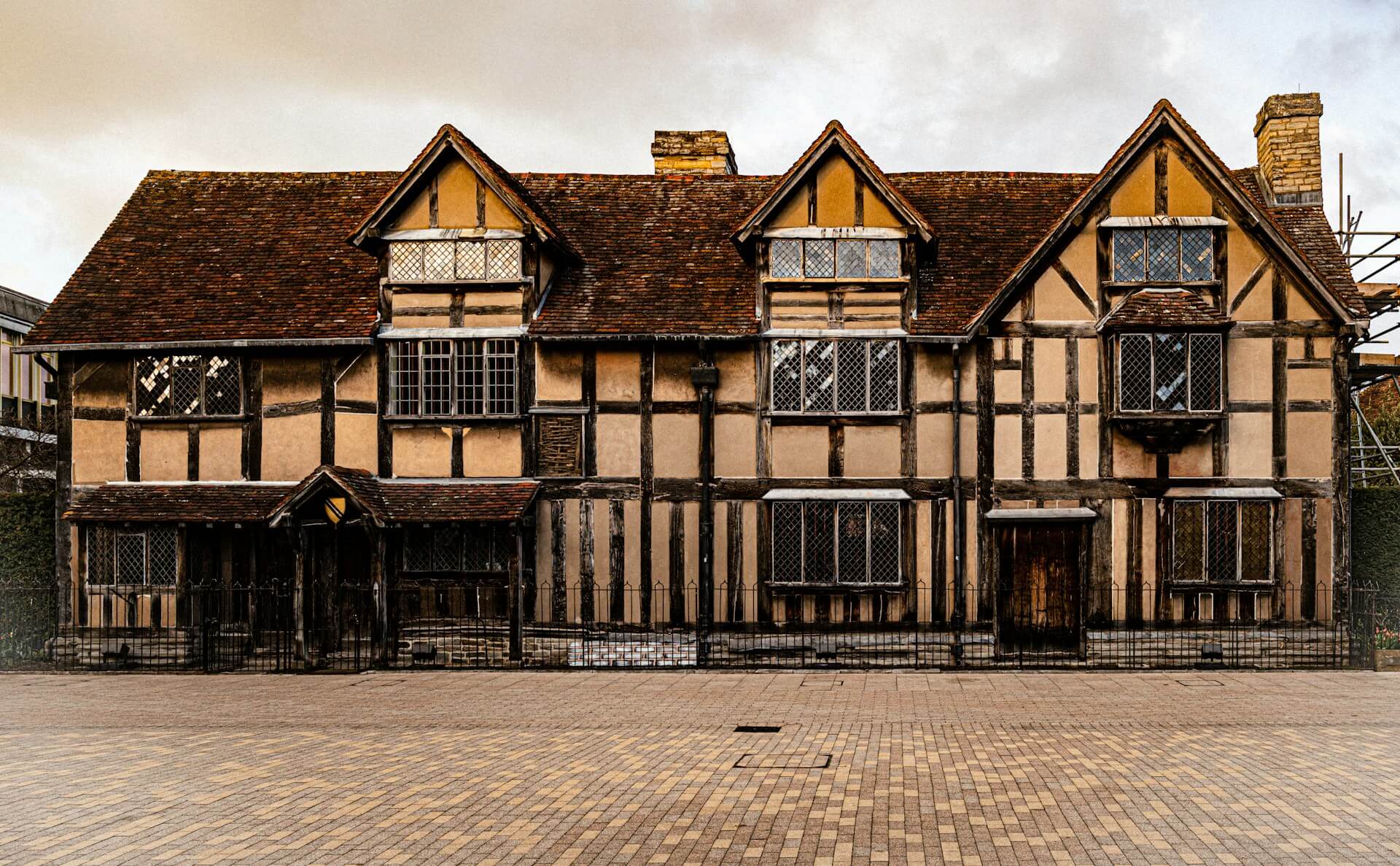
C.W. Bigelow
Crashing the Club
I had a reputation for having a surly temperament. The surliness was a defense to the constant beratement from my father and his group at the club. I kept being told I was wrong, but I knew better. They were wrong. They lived in a wealthy bubble, protected from the real world where problems wandered the streets and seeped into the homes and apartments…
Creative Nonfiction
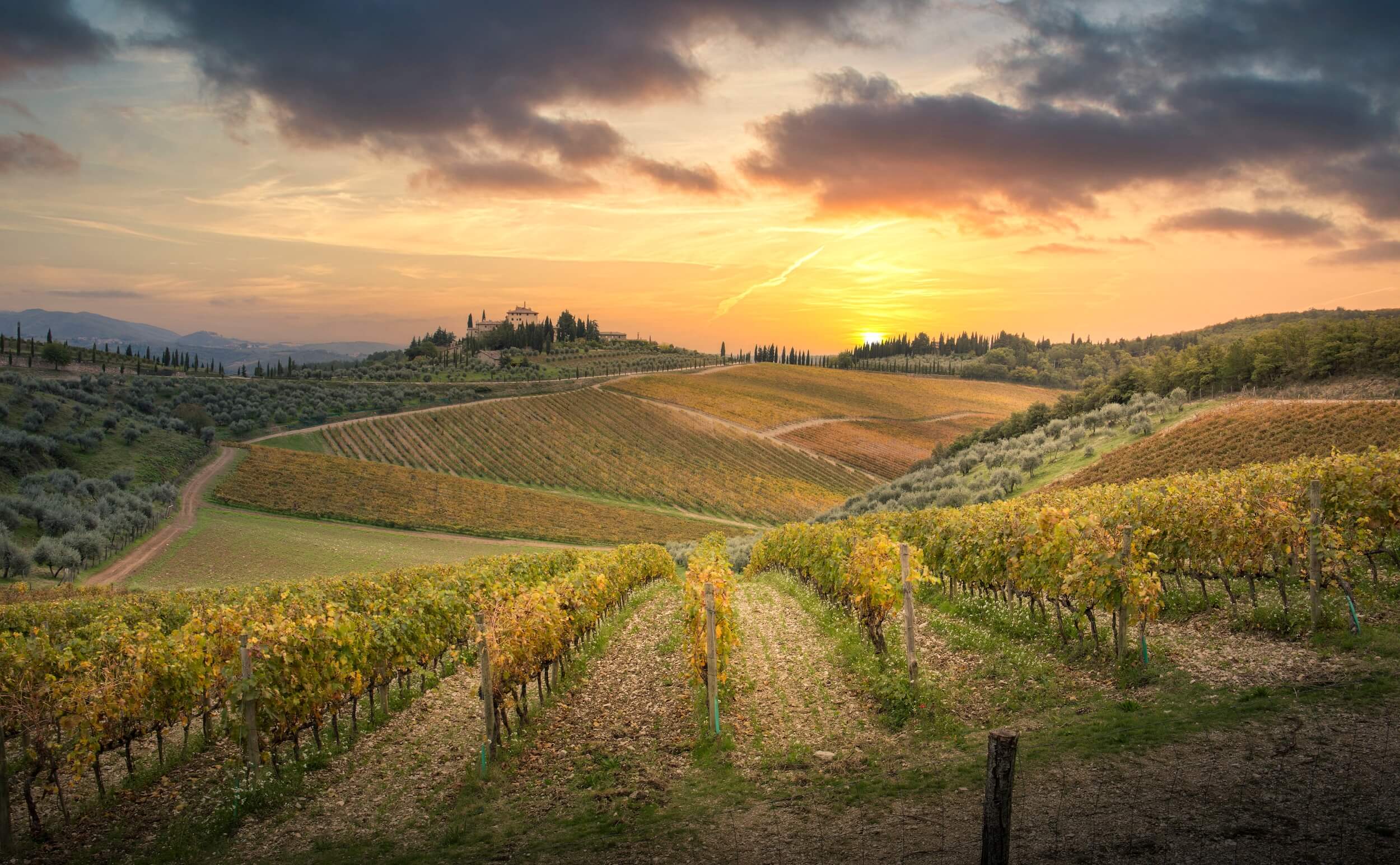
Carol Ann Wilson
What Brings Us Together
2018
Dodging cyclists, I scurried across the narrow road and headed toward Gaiole’s town center. A small Tuscan village of twenty-seven hundred souls in the Chianti region, Gaiole is known for its idyllic beauty, and these days for L’Eroica, an increasingly popular vintage cycling event.
Dodging cyclists, I scurried across the narrow road and headed toward Gaiole’s town center. A small Tuscan village of twenty-seven hundred souls in the Chianti region, Gaiole is known for its idyllic beauty, and these days for L’Eroica, an increasingly popular vintage cycling event.

Summer Wynne
Aphrodite and Antigone
It falls under myth
because it’s the kind no one talks about.
Because Pygmalion grew into something larger than himself, the story touches of marble,
cold and taut, now trope-like and cheap.
because it’s the kind no one talks about.
Because Pygmalion grew into something larger than himself, the story touches of marble,
cold and taut, now trope-like and cheap.

Juan Scheuren
Sanctuary of A Writer
The word “Books” has a few meanings in my view. Books could mean the following: a rectangular cover folded in the middle with sewn pages inside it, an item with a story, collection of text in an orderly composition that has a beginning, middle, and end. Reading books, in my opinion, is an escape from reality.

Molly Seale
St. George the Dragon Slayer
My son’s twenty-eighth birthday was the toughest of his birthdays. Birthdays, anniversaries are difficult for me. They remind me not only of the movement of time, but of all the beloveds I have lost.
Too often, I believed I had lost him.
Too often, I believed I had lost him.
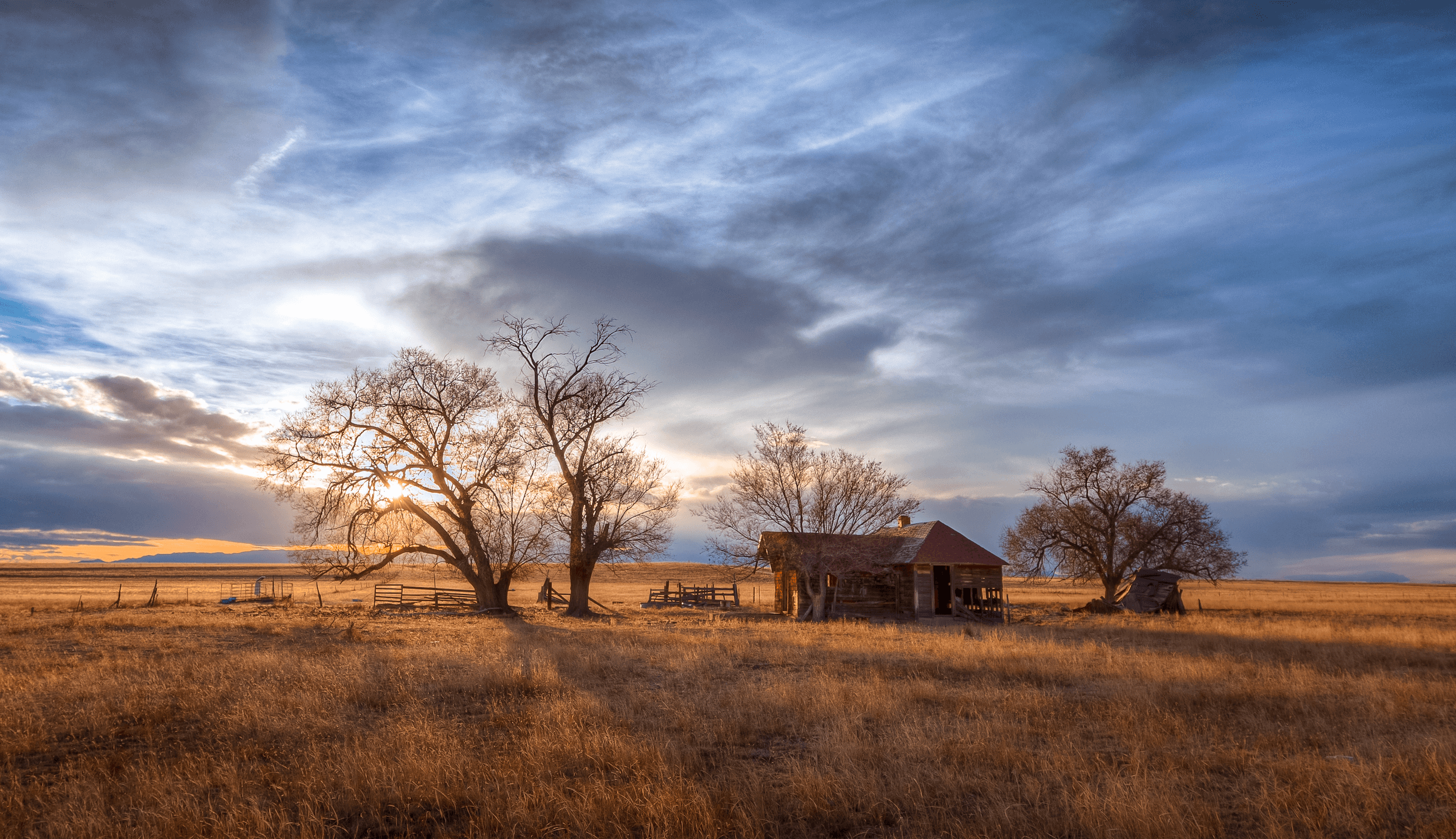
David Meischen
Little Boy at Home
On our way to the family reunion west of Yorktown, Texas, we stop at Uncle Anton and Aunt Frieda’s house. Inside, my sister and I wander among the tumbled syllables of German. It is a language we can no more comprehend than the calls of cows and sheep and chickens.


